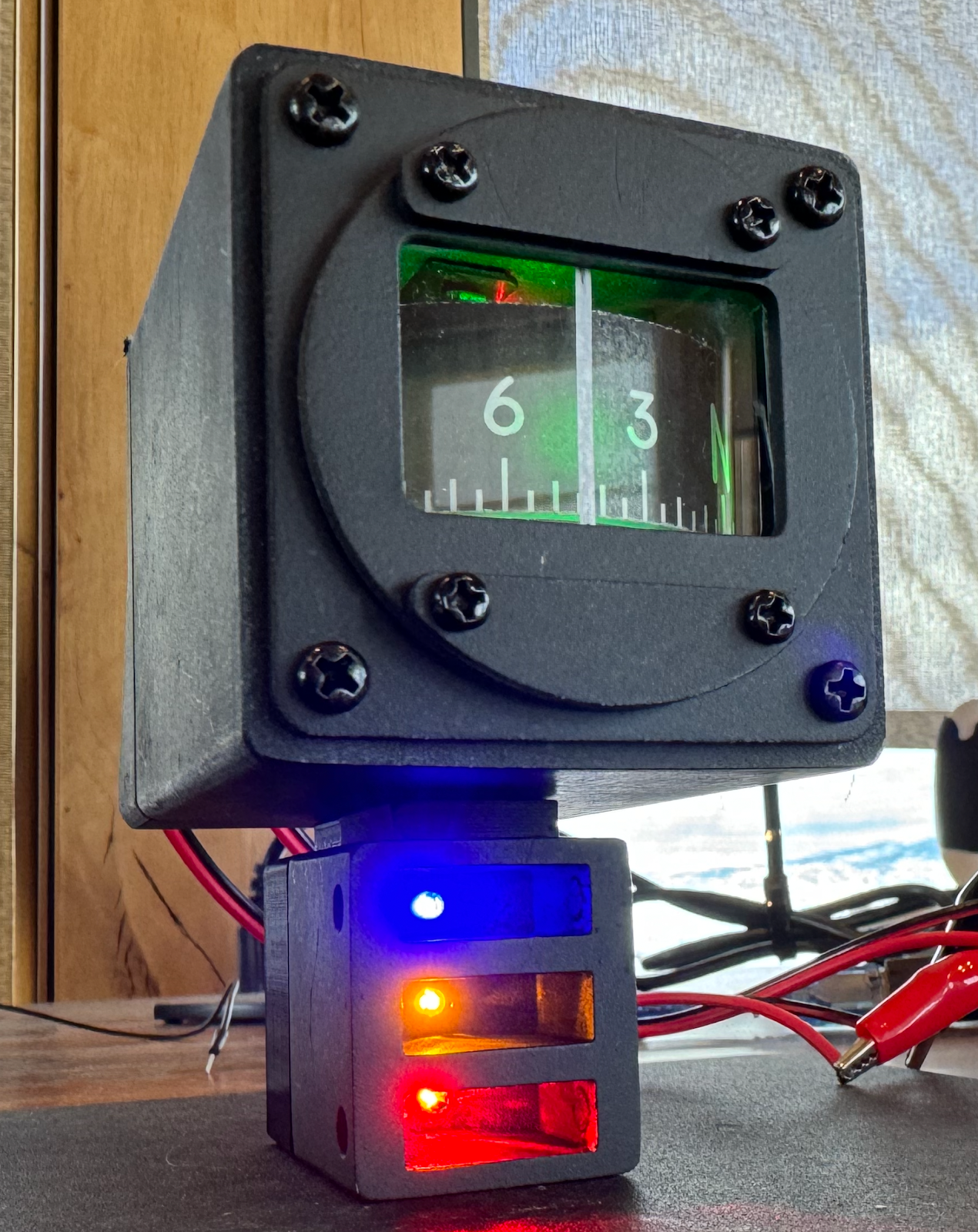Night flight
I went up for a bit tonight to try about the G1000/Perspective system in the dark for the first time.
I do very little (essentially zero) night flying, but when I have done it in the past I've really enjoyed it. There's next to no one else flying, the air is smooth, and the sights are unique - at least when you're near a city, in the country there's very little to see.
I took off just as it was getting pretty dark, careful to keep the power below 102% or so. I made it a short flight, basically looped around the city and then shot a GPS approach back into the airport. I found the airplane to be even better for night flying than the G2 Cirrus I used to fly regularly. That's for a few reasons:
I do very little (essentially zero) night flying, but when I have done it in the past I've really enjoyed it. There's next to no one else flying, the air is smooth, and the sights are unique - at least when you're near a city, in the country there's very little to see.
I took off just as it was getting pretty dark, careful to keep the power below 102% or so. I made it a short flight, basically looped around the city and then shot a GPS approach back into the airport. I found the airplane to be even better for night flying than the G2 Cirrus I used to fly regularly. That's for a few reasons:
- Landing lights - the lighting is a bit better, though maybe not quite as much as I would have expected, with the wing tip recognition lights. Every bit helps though.
- EVS - the IR/Visible camera system was mostly helpful on the ground to search for deer or other obstructions. I turned it on the screen when landing expecting I'd glance at it, but managed to forget to use it then. In flight the camera view wasn't much use as it's fairly low resolution.
- Screen backlighting - I found the backlighting levels to be pretty easy to manage. They are controlled by the closest knob on the bolster, so making adjustments was simple. There is a lag in turning the knob and having the brightness change, but that was easy to get used to. The main benefit is that these screens don't have a pulsing/flashing effect in your peripheral vision like the Avidyne screens do (at least for me) on the G2 Cirrus. I'd guess these screens have a higher refresh rate.
- General lighting in the cockpit is good, with a strong red lamp that illuminates the center console/throttle area
- The "ice lights" which light up the wings when you need to search for ice worked well on the wings. Seemed I have no real chance of seeing ice on the tail using that, but that would be hard during the day as well.
I had a great time on the flight, and practiced my hot-start technique by shutting down at the fuel pumps to fill up after landing. She started right up using the normal technique sans priming. The only problem with these night flights, in the summer anyway, is that I am jazzed up and wide awake until at least midnight. With kids waking me up at 6:30 or so, I end up being a little short on sleep. Well worth it though.


Comments